Restoring the soil beneath our feet
On one Vancouver street, lifeless soil is being revived thanks to a neighbour's diligent efforts – and a little help from the fairies and gnomes.

It’s been three summers since Melanie Semlacher decided to create a fairy and gnome garden on the boulevard in front of her Vancouver townhouse.
“I didn’t start out to restore the soil,” she says. “I thought it would be fun to put out a few fairy and gnome figurines for the kids in the complex and for them to plant a few things.”
Very quickly, however, the idea morphed into something bigger. After watching a documentary that showed the transformation of an arid landscape into a functioning farm and biodiverse habitat for flora and fauna, Semlacher was inspired. “I wanted to try and do the same,” she says.
The derelict strip of land between the street curb and sidewalk was the perfect place for Semlacher to fulfill her dream. As a nearby neighbour, I remember the boulevard before the magic began. Unlike others in the neighbourhood, this one was unloved. The grass, planted by city landscapers and left unwatered, had long since died, unable to survive the dry conditions. No other vegetation had dared to sink its roots into the 1.5-by-15-metre strip. The dirt was the colour of sand and smelled like the exhaust emitted from the cars parked alongside it. It was difficult to imagine the area ever supporting life.
“When it rained, water pooled on top of the soil,” Semlacher recalls.
Now, however, daisies, larkspur and an ever-present array of chickweed, clover, fireweed, dandelions and buttercups grow in abundance. A growing population of fairies and gnomes have taken up residence in converted old boots and toy campervans tucked among the expanding forest of ferns. Painted toadstools and tiny tables set for tea are reminiscent of the garden Alice found during her adventures in Wonderland.
“I’m trying to follow the intent of rewilding,” Semlacher says. By letting the weeds grow, she’s hoping the underground network of microorganisms will flourish.

Down the rabbit hole
Lewis Fausak is a soil scientist in the Faculty of Land and Food Systems at the University of British Columbia (UBC). The description of Semlacher’s boulevard before she began transforming it is, he says, very typical of city soil.
“Soils in urban areas are often very dry and compact. This is caused by people using the areas heavily for walking, biking or driving,” Fausak says. “The soil particles become so closely packed together, the soil can’t absorb water.”
In contrast, healthy soil has a breadcrumb-like structure, is dark brown or black in colour and has an earthy smell that is produced by the activity of beneficial organisms below the surface. “A single teaspoon of healthy garden soil can hold up to one billion bacteria, several yards of fungal filaments and hundreds to thousands of microscopic lifeforms such as protozoa and nematodes,” says Akshit Puri, also of the Faculty of Land and Food Systems at UBC.
Earthworms and arthropods add nutrients to the soil through their waste. During photosynthesis, plants collect and convert carbon from the atmosphere into sugars, delivering them through their roots to the bacteria and fungi under the surface. Organisms in the soil are social entities, clustered around the hub of activity, the plant roots. Using their network of fibres, these tiny life forms are masters of multitasking, reaching out beyond the plant root party to harvest, collect and deliver water and nutrients back to themselves and the plant.
Around the world, deforestation and urbanization have eradicated foliage above the ground. And agricultural practices that use chemical stimulants to grow food have killed the life below. It all adds up to a warning from the United Nations Food and Agricultural Organization that without change, 90 percent of Earth’s topsoil will be at risk by 2050.
And that’s a big deal. Without healthy soil, says Puri, the planet’s natural cycles of inhaling carbon and exhaling oxygen cannot be completed.
Restoring the world’s soil, many experts say, is a climate change solution. If all the soil on the planet were nurtured back to health, it could absorb more than five billion tonnes of carbon from the atmosphere each year. That’s the equivalent of all the carbon emitted by the United States annually.

The magic potion
Against this backdrop are Semlacher’s efforts in restoring the boulevard. Water was the first ingredient in the magic potion needed to revive it. Soil microorganisms are physiologically active in moist soil but dormant in dry soil. By watering regularly, Semlacher was adding moisture. To keep it from disappearing, she layered the soil with leaves and compost.
“Organic matter inputs such as mulch, manure and compost are important in the soil for many reasons,” says Fausak. “They can improve the ability of the soil to hold on to water and supply the microorganisms with needed nutrients.”
Semlacher’s idea of adding a layer of leaf mulch to the soil started through her observation of the rhododendrons on the other side of the sidewalk. Months before she started the boulevard project, she’d noticed how yellow their leaves were, and how they kept falling off the bushes.
“The landscape company employed by the complex did a great job cleaning up the leaves,” Semlacher says. “But that made the plants look worse.”
Around the same time as she started her soil project, the strata let the landscapers go and Semlacher took over care of the rhododendrons. She didn’t clear away the leaves, and amazingly, new growth emerged on the plants and the leaves stopped falling off. It made her wonder what would happen if she did the same thing on the boulevard. So, she did. What she didn’t realize at the time was that she’d stumbled across regenerative gardening.

Regeneration
While the concept and term were made popular by Robert Rodale in the 1980s, the practices of adding biodiversity back to the soil and using mulch and compost to protect and nourish it are not new. Well before European settlement of North America, for instance, Indigenous people were using the same principles.
Around the world, regenerative practices are now hailed as the elixir of soil restoration. One study by the International Union for Conservation of Nature and the United Nations Framework Convention on Climate Change, for instance, suggests that if regenerative principles were used extensively in sub-Saharan Africa – where drought and urban sprawl have degraded soil to the point that it’s unable to sustain life below or above ground – food production could be increased by 13 percent by 2040, and a further 40 percent after that.
Back on the boulevard, Semlacher’s watering and mulching efforts had immediate effects. Fireweed and chickweed started to grow, possibly from seeds dropped by birds. However they got there, she let the so-called weeds multiply.
One of the ways Semlacher’s efforts stood out to me was that unlike other boulevard gardens in the neighbourhood, she didn’t dig up the strip or add new topsoil, both of which are expensive and labour-intensive. Instead, she decided to work with what she had. This kind of non-disturbance is also one of the founding principles of regenerative growing. By over-digging the soil or mixing in new topsoil, microorganisms are given an immediate mega flush of nutrients. This can, according to Fausak, overstimulate the microbes, causing them to burn out and die.
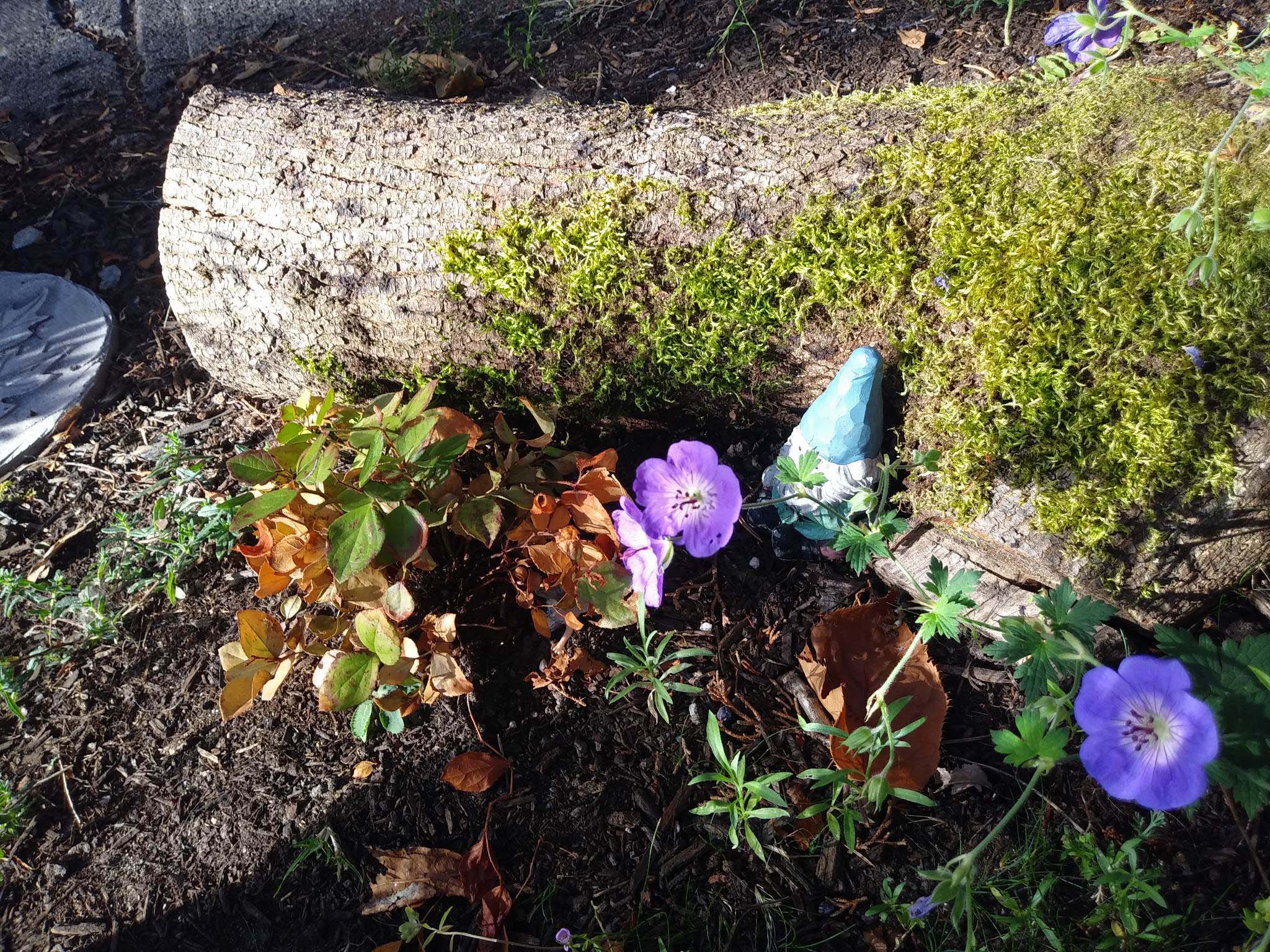
Believing the impossible
It will take time for the boulevard soil to be revived to the point that it’s equal to healthy garden soil. “It’s all part of the process,” Semlacher says.
The Soil Science Society of America notes that it takes hundreds of years for soil to naturally form and become fertile. Regenerative practices speed up the timeline by centuries. Is Semlacher making progress? No longer beige and ecru in hue, the boulevard soil is now that dark milk-chocolate colour quintessential to living soil. It binds together when squashed in the palm of your hand. When she plants, Semlacher now comes across centipedes, spiders and beetles – something she didn’t see before.
Maybe it was the fairies and gnomes enticing me to explore the kingdom below ground that encouraged me to introduce myself to the neighbour down the street who was inexplicably covering a barren strip of dirt with decaying leaves. Or maybe, like Alice’s Adventures in Wonderland, I was drawn back to childhood, where with a little imagination, nothing’s impossible, even restoring the most precious commodity of all – soil.


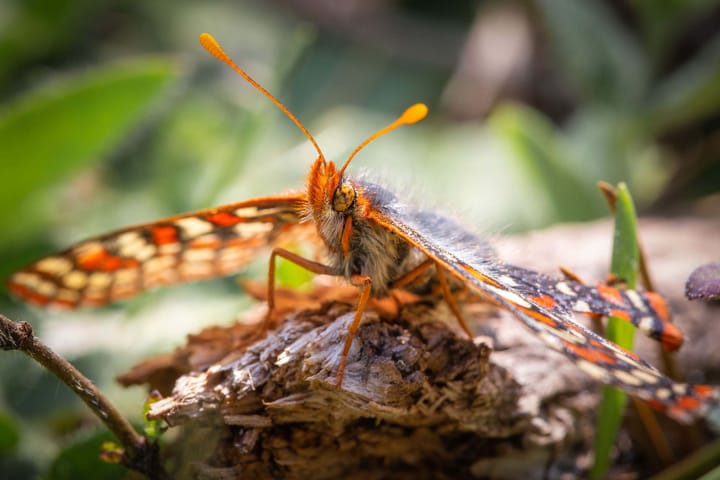
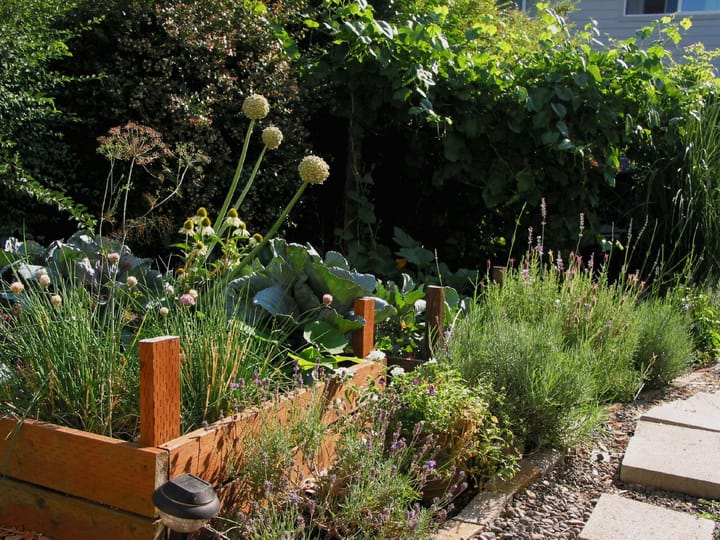
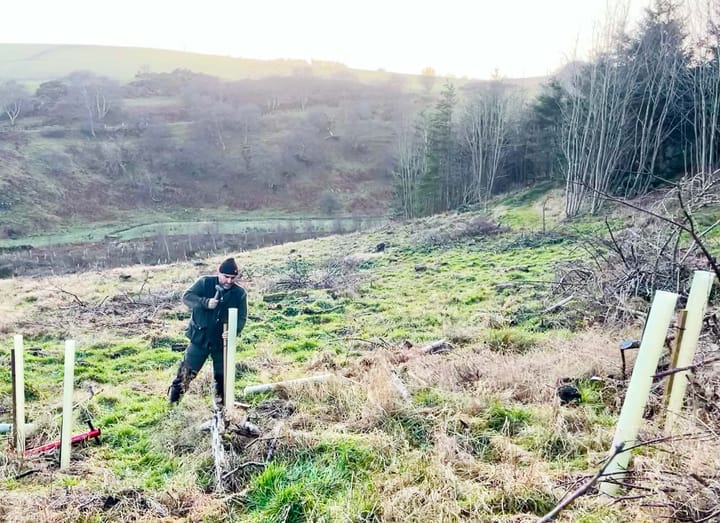

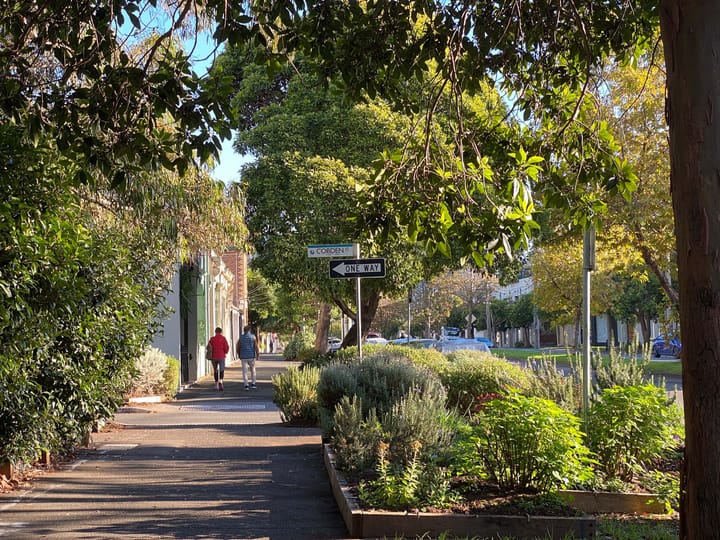

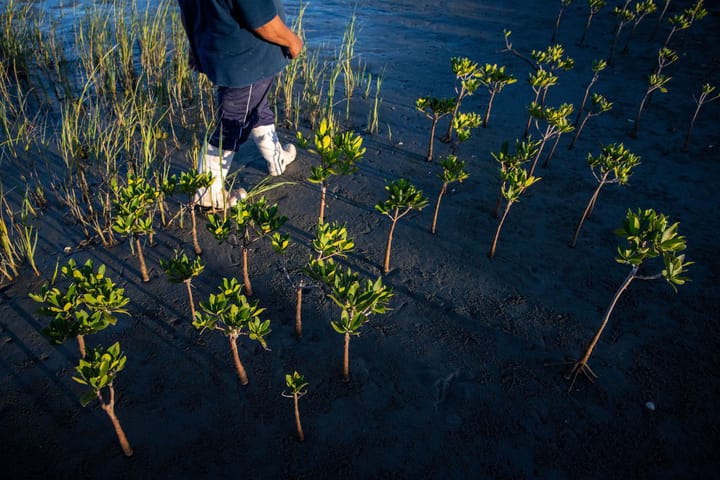
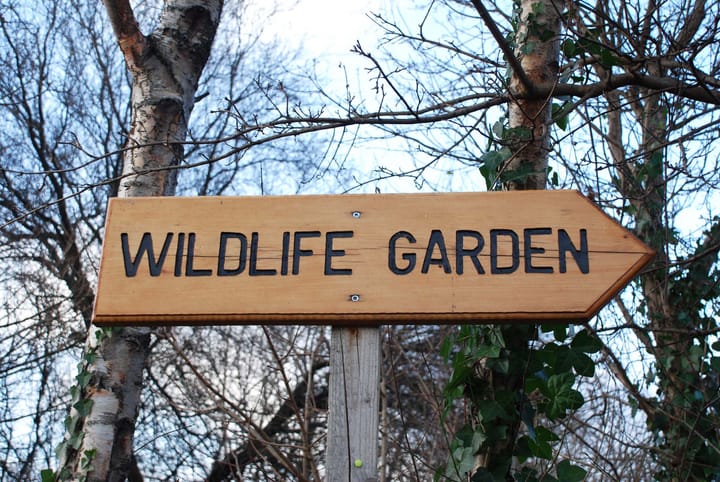
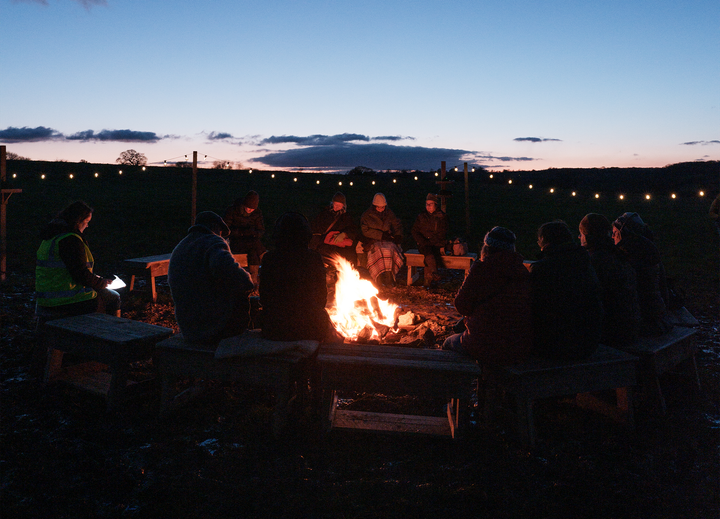

Comments ()